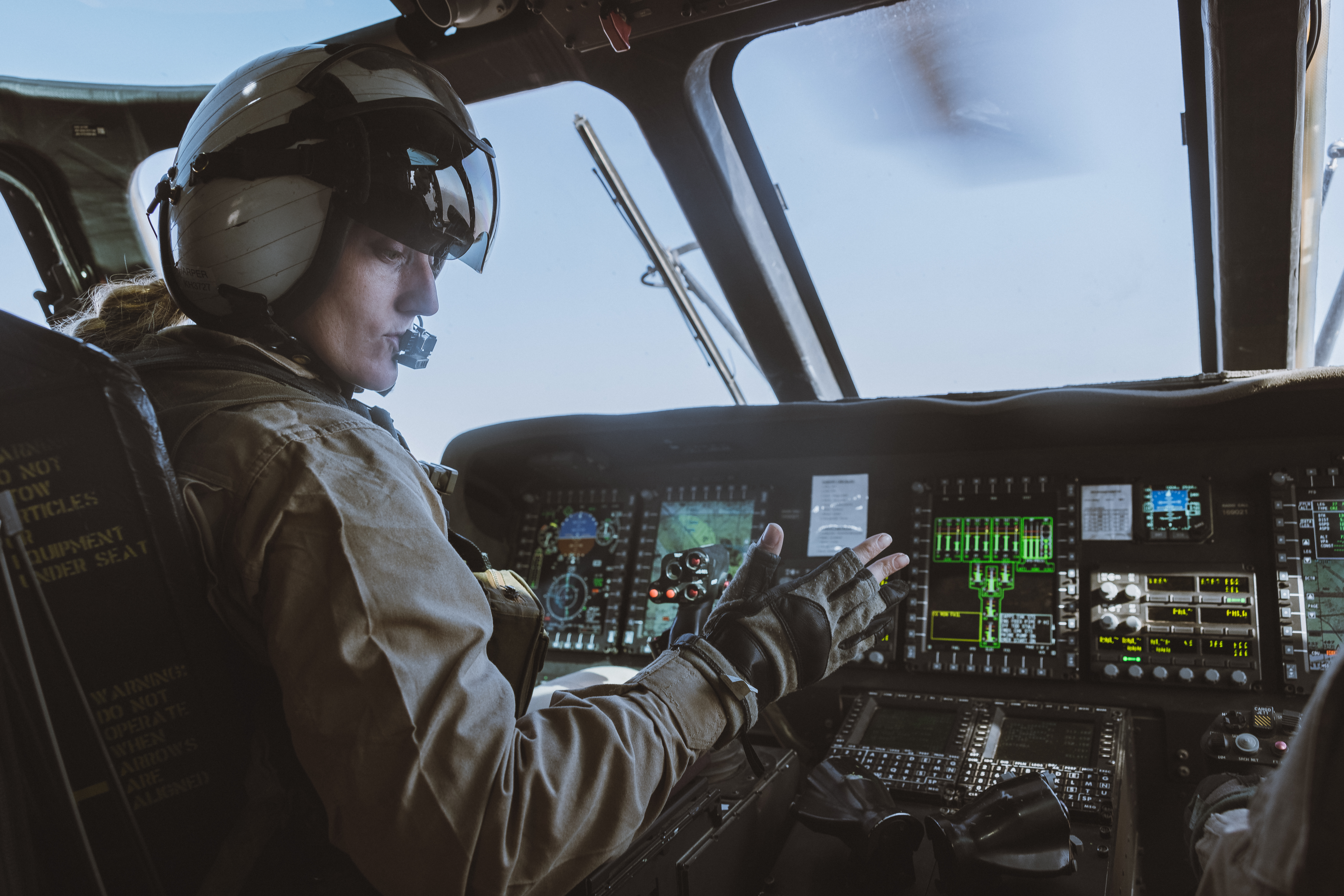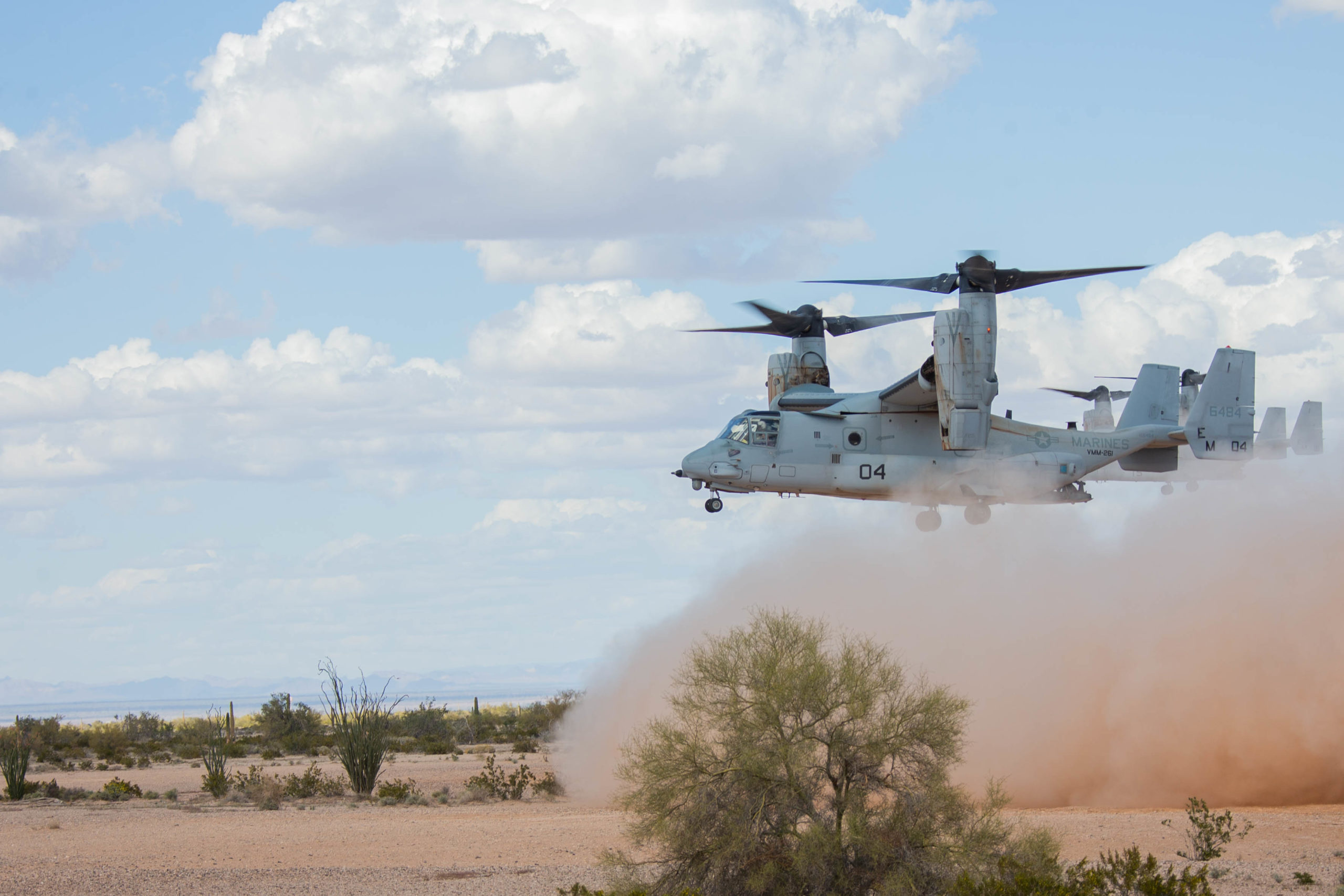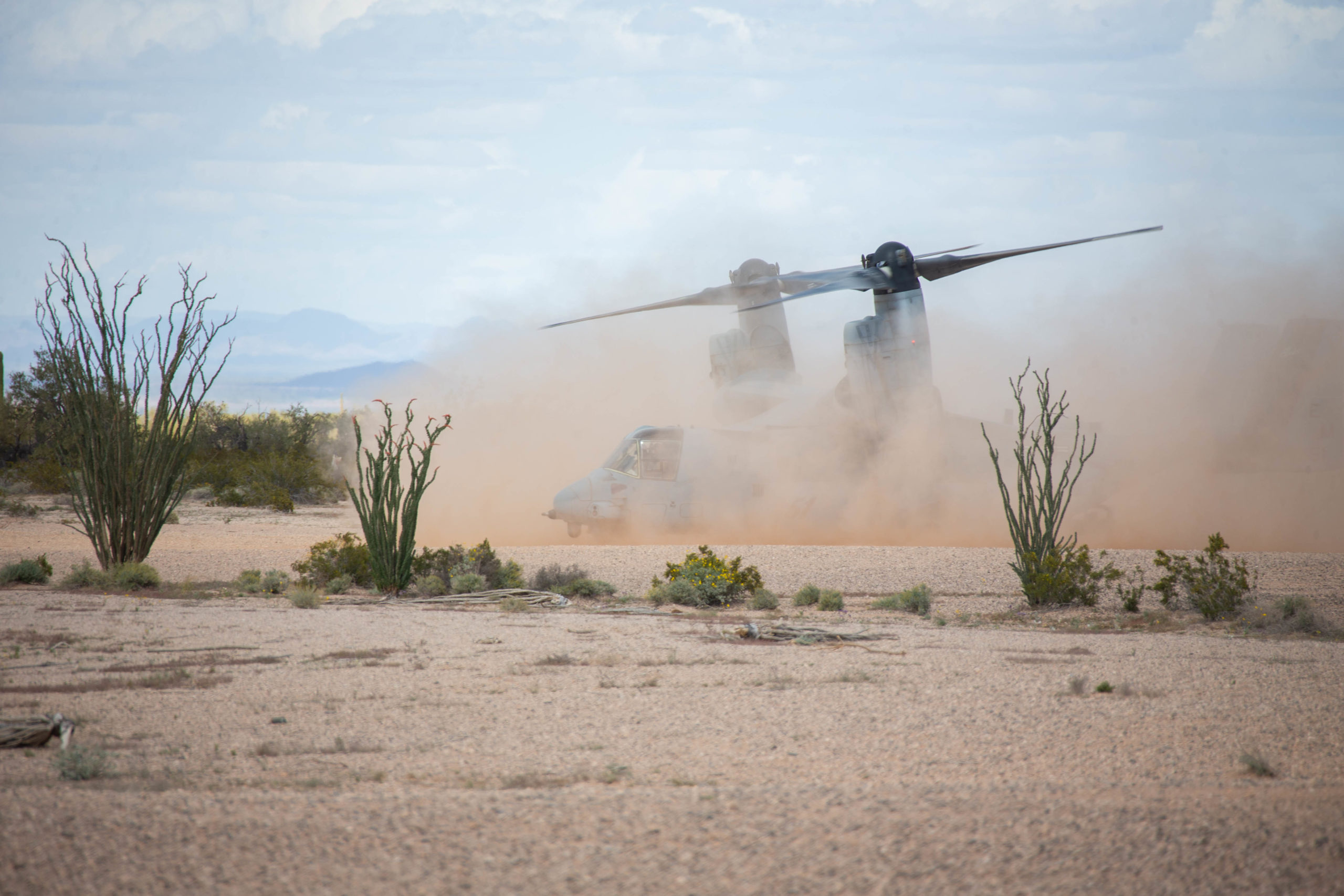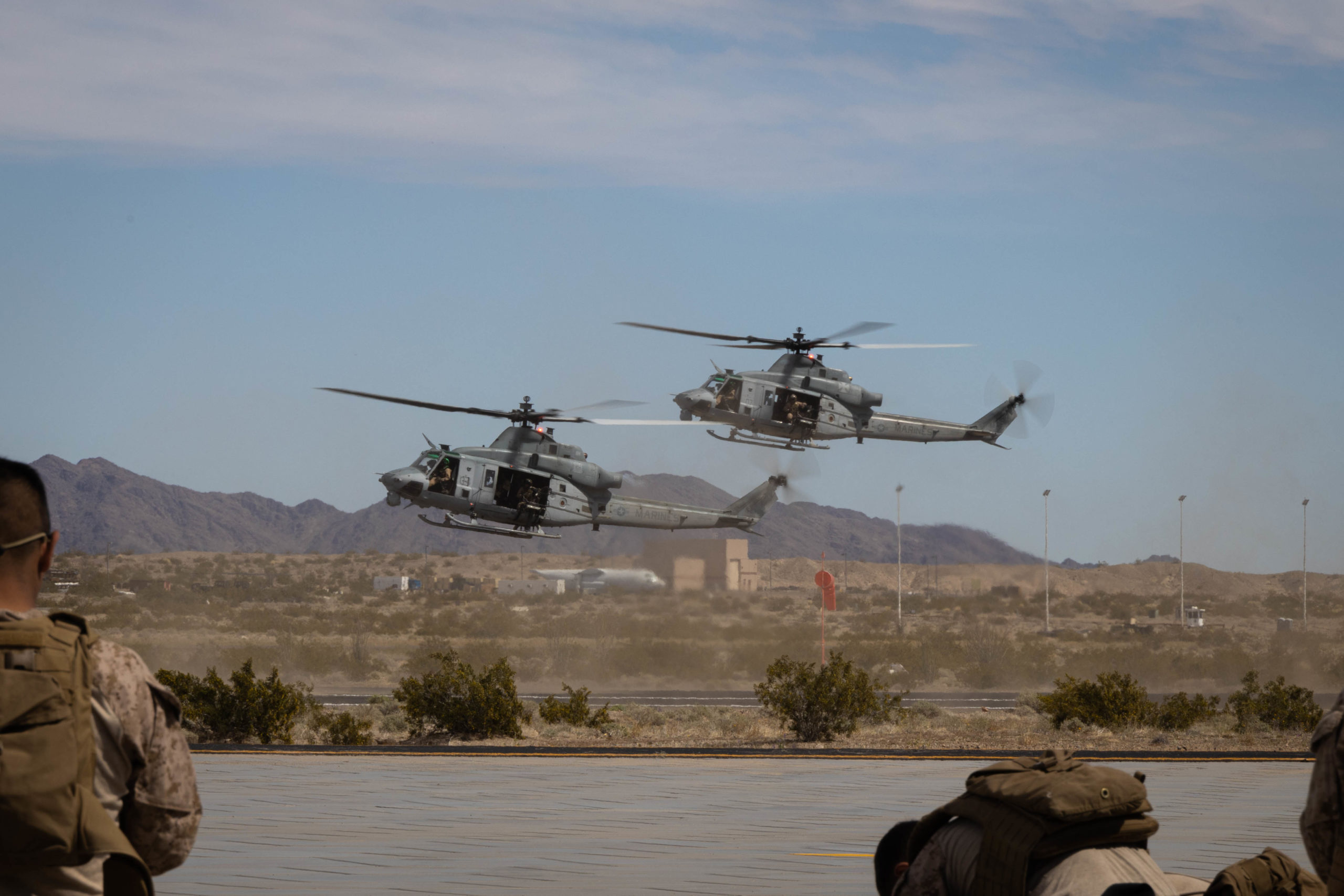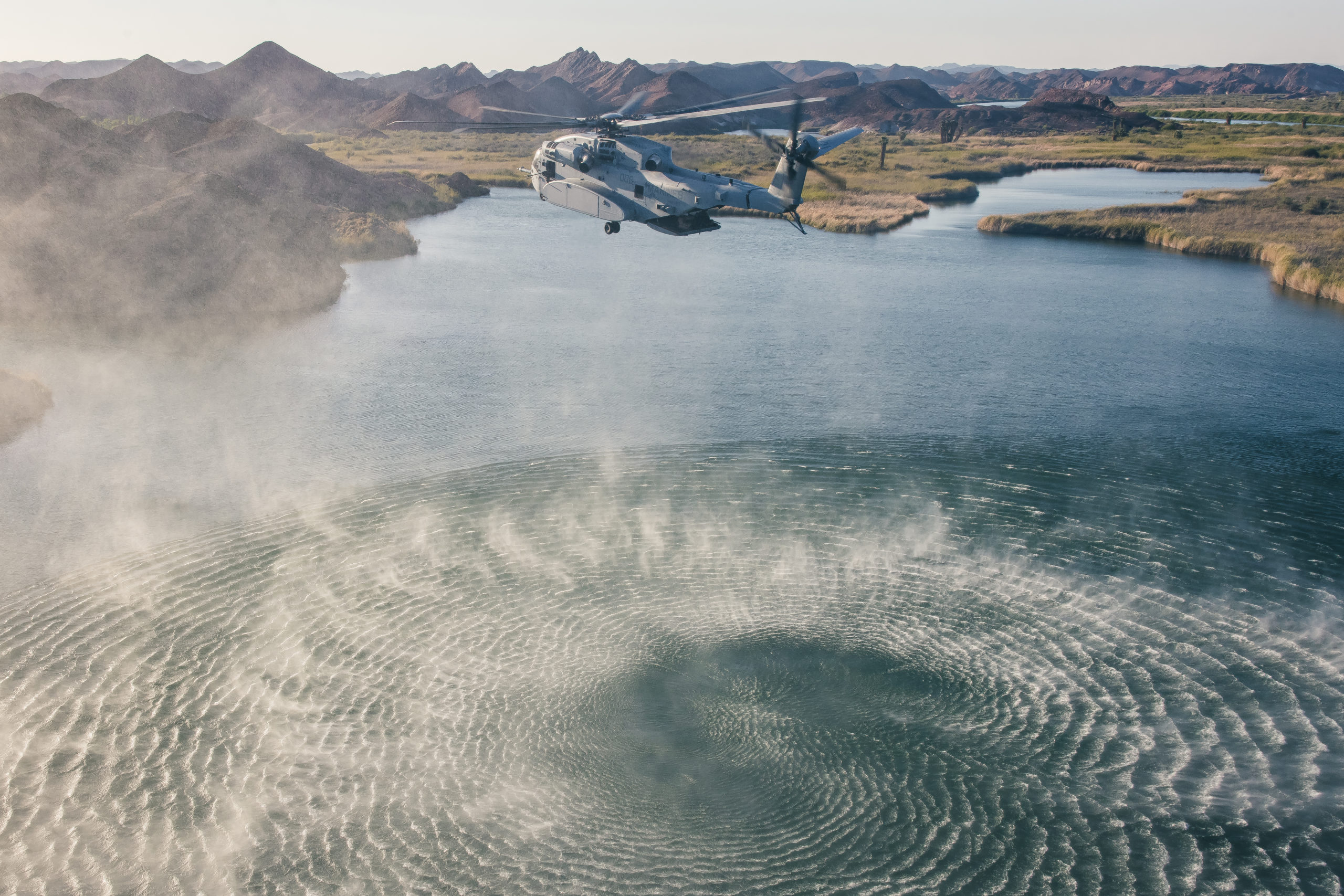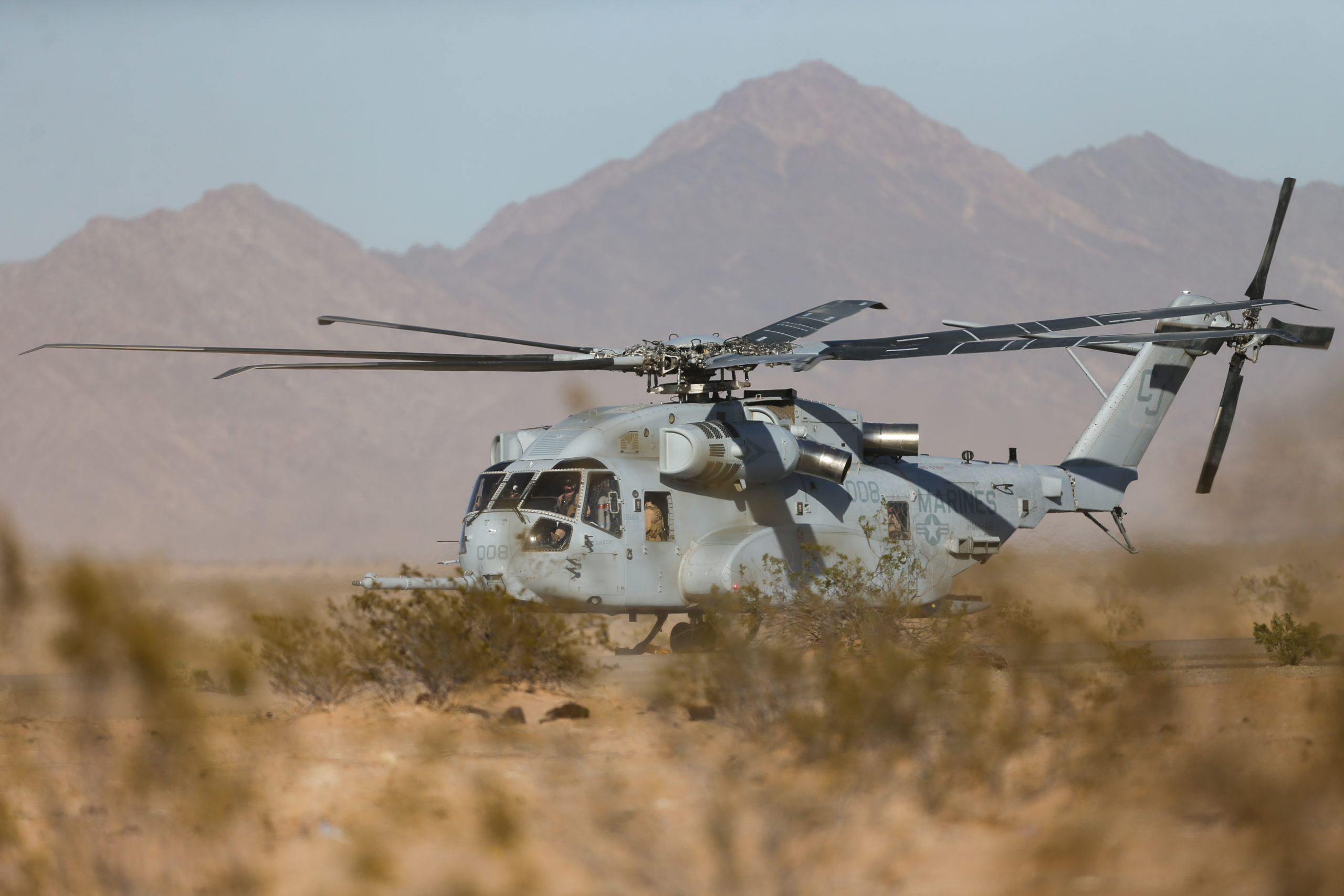By Robbin Laird
Ever since 2018, MAWTS-1 has focused on the high-end fight component of the full spectrum of warfare. Force distribution is a key part of the survivability against a competitor who has significant firepower and can concentrate fires on relatively fixed positions.
The Marines have worked mobile basing for a long time, such as working forward refueling points and buying the Osprey and the F-35B which can operate off a wide variety of launch and landing points.
But in the past few years, the emphasis has been with regard to how to move more quickly from mobile operating bases and to do so in support of the joint force. This is a capability not only of interest to the Marines and the U.S. forces but core allies as well.
While during my latest visit to Australia where there is enhanced interest, for example, in the RAAF with agile air operations, I spoke with the CO of MAWTS-1, Colonel Eric Purcell about how MAWTS-1 was progressing with regard to training with regard to mobile basing.
He started by noting that given the close working relationship which the Marines had with the Australians, they were focused on training for such operations. Col Purcell mentioned that last November his team met in London with U.S, and partner commands similar to MAWTS-1 in the UK. The USAF and the U.S. Navy along with Canada, and Australia discussed joint learning and training perspectives.
According to Purcell: “At the meeting last November, we looked at a number of different ways in which we can work jointly on problems such as agile combat employment, distributed maritime operations, EABOs (Expeditionary Advanced Base Operations) and F-35 integration. Canada has just recently formally joined the F-35 program, so they were not part of that discussion.”
As the Marines operate Ospreys. F-35s and now CH-53Ks, the Marines are bringing significantly capability to the evolving mobile basing function. In my book published last year on USMC transformation, I underscored the central role which mobile basing is playing in the current phase of USMC transformation. Col Purcell put it succinctly: “We are taking capability which we have had for some time, but focused on how we can move more rapidly from mobile base to mobile base. We have to find ways to make mobile bases, smaller, more distributed and persist for shorter periods of time.”
Another key aspect is that what has been a core competence of the USMC now is becoming a key capability for the wider joint and coalition force. Col Purcell put it this way: “I think the challenge for all of the forces, whether it’s the Air Force, the Army, the Navy, the Marine Corps, or the coalition forces is that the sustainment of distributed forces is challenging. How do we adapt our maintenance, logistical and sustainment systems that have been used to operating from austere bases, but now enhance the mobility of those austere bases?”
During my last two visits to MAWTS-1, I discussed with the ground artillery Marines the challenge of integrating their fires into a joint fires solution when emphasizing force distribution and mobility. I asked Col Purcell about progress in this area. He argued that the joint fires piece is a central challenge being worked. He noted that at the recent WTI 2-23 they were working this hard. One example was incorporating the simulated integration of the future USMC Nemesis ground launch system into joint naval fires.
Part of the enhanced capability for the Marines to support force mobility was the involvement of four CH-53Ks into WTI 2-23. Col Purcell indicated that “during the course we lifted 36K loads with the CH-53K which points to future capabilities. With regard to future capabilities, we can leverage the aircraft’s ability to hold 9 to 10,000 pounds of fuel off on each of the three hooks of the CH-53K. The ability of each of the hooks to carry a fuel bladder is a key advantage for force mobility. One could add that the changes in the cockpit allow for the management of such a load as well. This is a real game changer for us at a time when we and the joint force are emphasizing distributed force logistical support and sustainability.”
In short, MAWTS-1 continues its core mission of supporting the change which the Marines and the joint and coalition force need to pursue. In our 2013 book entitled, Rebuilding American Military Power in the Pacific, we underscored what we saw as the integration being generated at MAWTS-1 a key driver of the kind of military change required to deal with Pacific threats. We still do.


